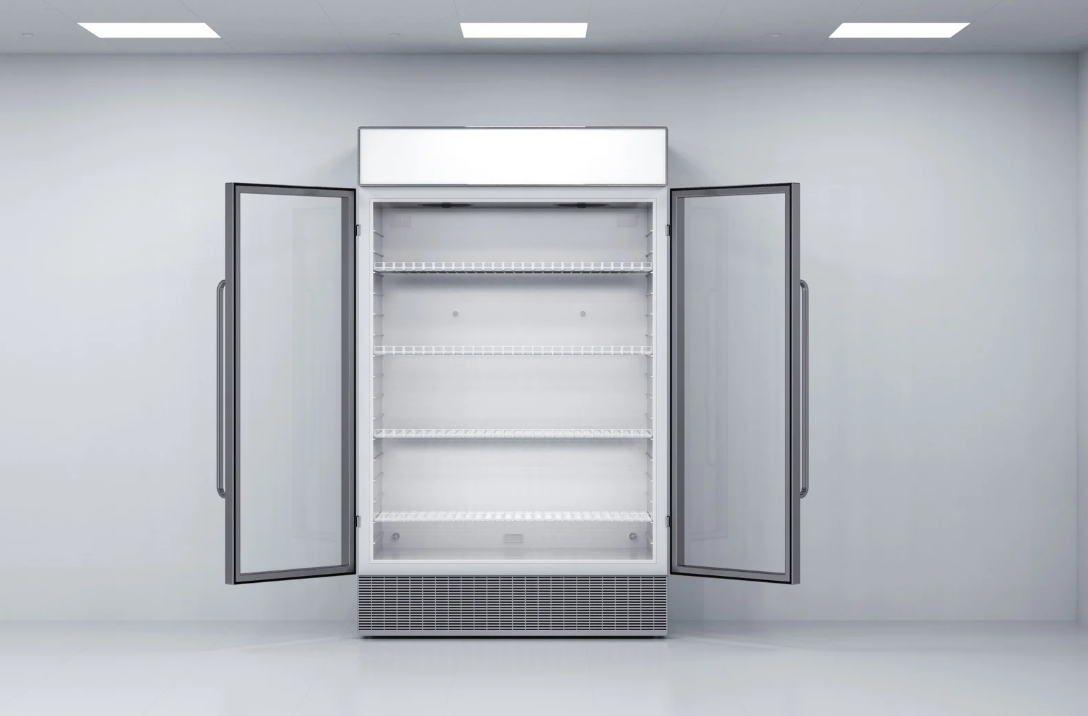
Running a food business means keeping a lot of plates spinning at once. There’s staff to manage, orders to track, and service to keep up with. And somewhere in the background—quietly doing its job—is the fridge. Day in and day out, it’s expected to just work. So, when it doesn’t, things unravel quickly.
Now, commercial fridges don’t usually fail out of the blue. They leave hints—subtle ones. The trick is picking up on those before they snowball into bigger issues. Personally, I’ve seen everything from minor door seal failures to full-blown compressor meltdowns, all because no one noticed the signs early enough.
A good rule of thumb? If something feels off—maybe the fridge runs longer, food spoils faster, or there's a strange hum you never noticed before—don’t brush it off. It could be the early stages of a deeper issue. That’s usually when I suggest looking into commercial fridge repairs before you're dealing with a complete shutdown.
Fluctuating temperatures put food safety at risk
A fridge that can’t maintain a consistent temperature isn’t just inconvenient—it’s risky. Food safety relies on stability. One moment it’s too warm, the next it's freezing your lettuce solid. I’ve walked into kitchens where chefs were working around frozen eggs and semi-thawed chicken, thinking it was “just a glitch.”
What’s more concerning is how often the temperature swings go unnoticed. You might not catch it unless you’re checking regularly—or until a customer complains.
According to Australian refrigeration standards, food should be stored at temperatures that slow bacterial growth and keep it safe to consume. The expectations are clear—and for good reason.
That’s why it’s helpful to know the limits detailed in the safe fridge temperature guidelines. They outline what temperatures food must be kept at to avoid contamination, spoilage, or worse. You can’t rely on guesswork when public health is involved.
Watch for:
Food spoiling earlier than expected
Ice forming in chillers
Items stored at the back are colder than those at the front
Compressor running continuously
Unusual noises are often warning signs
You get used to the sounds a fridge makes. That low hum. A soft click when the cycle changes. Maybe a short buzz from the fan. But when new sounds start—ones that weren’t there before—it’s time to pay attention.
I once worked with a kitchen that had a fridge making a knocking sound every few hours. They thought it was just “old age.” Turned out, a fan motor was seizing up intermittently. A few more days and it would’ve stopped altogether.
These sounds can vary, but they usually come down to mechanical strain or worn parts. Ignoring them won’t make them go away—in fact, the longer you wait, the more damage they tend to cause.
What to listen for:
High-pitched buzzing
Clattering or rattling noises
Sudden thumps during operation
Clicking that doesn’t stop
Moisture and frost build-up are more than cosmetic
You’d be surprised how many people dismiss a bit of frost in their fridge. The same goes for small puddles or dampness on shelves. These might seem like minor annoyances, but they often hint at bigger problems—things like a faulty defrost timer, poor insulation, or airflow imbalances.
I’ve dealt with setups where water had started pooling beneath fridges so frequently that the staff just kept a mop nearby. That’s not normal. Moisture should be controlled, not constant.
There’s also the risk of frost build-up affecting airflow and temperature regulation. Once that starts, cooling becomes uneven, and food quality suffers as a result.
Issues like this aren’t limited to fridges either. The same kinds of problems pop up in larger coolroom systems. The thinking behind coolroom repair advice applies just as much here. Blocked fans, ice-covered coils, and inconsistent circulation often trace back to the same underlying causes.
Things to watch:
Frost on back walls or near vents
Water puddling under or around the unit
Shelves or surfaces inside are always damp
Thick ice behind interior panels
Your fridge’s efficiency starts to drop
Sometimes, the fridge still “works”, but not the way it used to. It might feel warmer on the outside, run louder, or seem to be constantly on without taking a break. Those little changes? They add up.
I recall checking a fridge at a deli that was still cooling, but barely. The compressor was cycling almost non-stop, and yet the interior temp hovered near borderline. It turned out the condenser coil hadn’t been cleaned in months, and the airflow was choked. Nobody noticed because it never stopped working… until it did.
This kind of slow decline is easy to miss if you’re not actively monitoring it. But once it hits a certain point, you’re no longer cooling efficiently—you’re just burning through energy for marginal results.
Signs of low efficiency:
Exterior panels feel hotter than normal
Louder motor or vibration sounds
Short cycles with uneven cooling
More condensation on glass doors or shelves
Spoilage increases even when the fridge “seems fine”
Here’s one that catches people off guard: food going bad, even though the fridge appears to be doing its job. I’ve seen it happen in prep kitchens where meat stored on the top shelf spoiled faster than everything else, while the unit still showed a safe temperature.
What’s often happening here is uneven cooling. Poor air circulation leads to cold spots and warm zones, even inside the same cabinet. Some food stays fresh while other items degrade much faster. Left unchecked, this results in waste, customer complaints, or worse.
That’s why it's often worth stepping back and considering how preventative care fits into your regular routine. The way commercial fridge maintenance tips address ongoing upkeep helps reinforce how easily overlooked details—like worn seals or blocked vents—can spiral into full system issues.
Spoilage red flags:
Milk or cream is spoiling quickly
Meats care hanging colour or odour sooner than expected
Fruits freezing on one shelf, softening on another
Food sweating or leaking moisture

Final thoughts
When your fridge starts acting up, it’s rarely out of nowhere. Most faults begin quietly—unusual sounds, a damp shelf, a batch of veggies gone too soon. Ignoring these signs can push a minor fault into full-on failure.
In fast-paced kitchens, it's easy to put off maintenance, especially when things still seem to be running fine. But these early symptoms are the fridge’s way of telling you something isn’t right. And paying attention now means avoiding bigger problems later.
Keep an eye—and ear—out for the signs. And when they show up, act. That small fix today could mean fewer interruptions tomorrow.



Write a comment ...